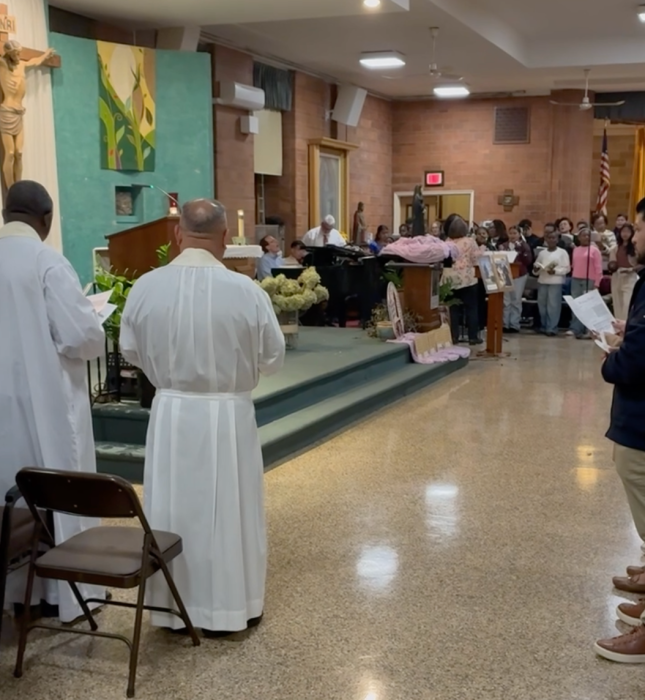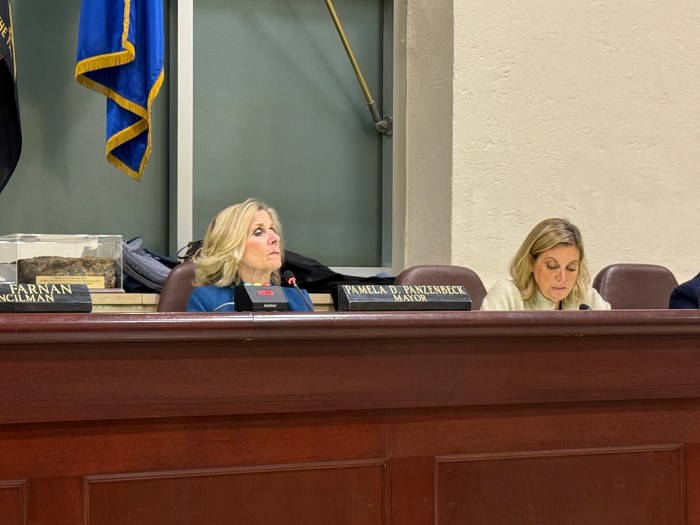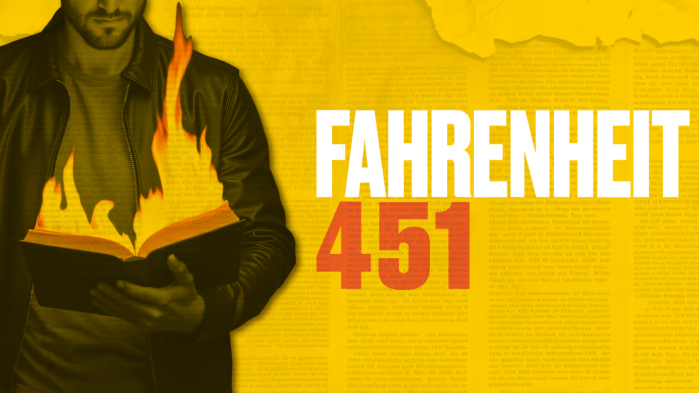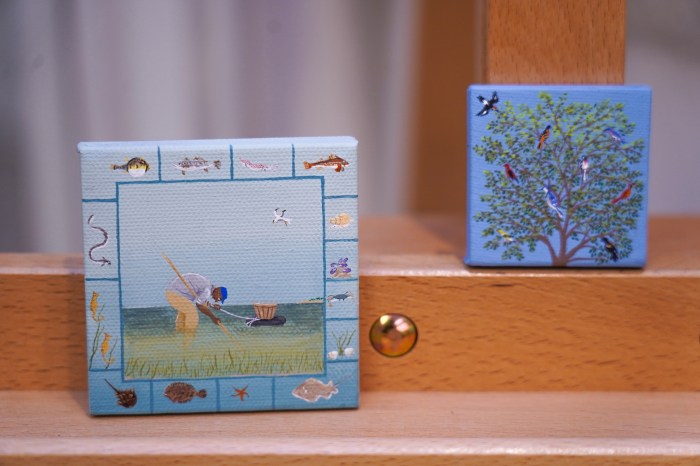
The first of the two lunar eclipses of 2011 will be on Wednesday, June 15th and will be visible from the Middle East, Asia and Europe to Africa and Australia. It will not be able to be seen from North America. The lunar eclipse will occur during the full moon phase, which will start at 1:27 p.m. EDT and end at 7 p.m. EDT.
During a lunar eclipse, the earth acts like a blanket between the sun and the moon. This blocks the sun’s rays from hitting the moon and the eclipse takes place. For this to happen the sun, moon and earth have to be perfectly aligned. Compared to a solar eclipse that is only a few minutes long, a lunar eclipse can last hours and can be seen from the night side of the Earth.
Only 35 percent of the eclipses are total and are very extraordinary, whereas the penumbral are hard to detect even with the aid of a telescope occur 35 percent of the time. Partial eclipses happen 30 percent of time and are easy to see with the plain eye.
According to National Geographic, the last lunar eclipse occurred on December 21, 2010. The moon began darkening at around 1 a.m. and by 2:40 a.m. was completely covered. The total phase or totality lasted about 70 minutes and the whole passage lasted for about three and a half hours. The last long lunar eclipse was in July of 2000 where the total darkness lasted about 100 minutes.
Since the earth will filter all blue tones during the eclipse, the moon will appear in dark copper and red tones. Viewers are able to watch the eclipse either with binoculars or plain eyes.
The second total eclipse in December will be viewable in the United States and Canada.


































